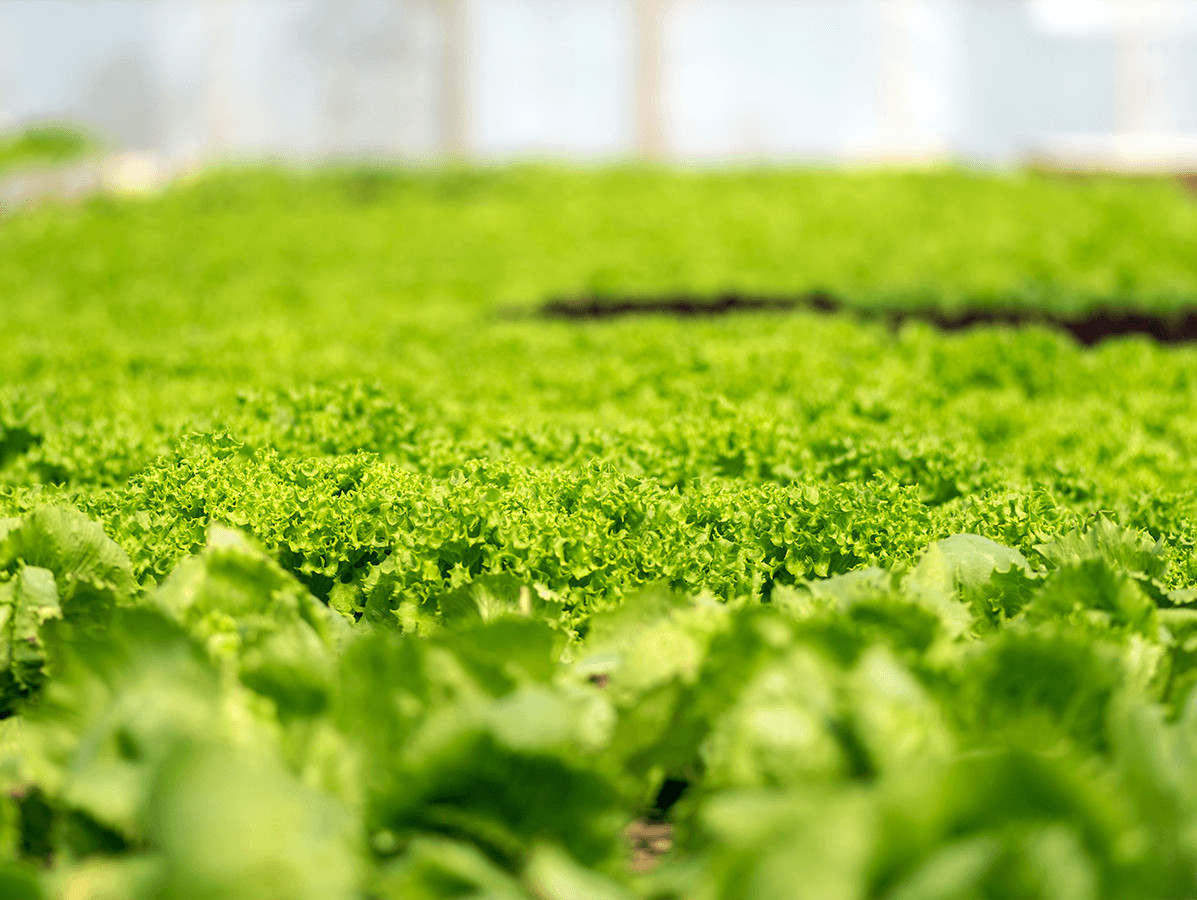
The greenhouse horticulture sector must accelerate the energy transition in order to become climate neutral by 2040. To this end, the government is presenting a cohesive plan that includes both sustainable subsidy options and tax changes that create the right financial incentives to invest in sustainable energy instead of natural gas. With this plan, the government supports an acceleration compared to the agreements in the coalition agreement and the Budget Memorandum 2021. The provisional target for greenhouse horticulture in 2030 will therefore be a range of 4.3 to 4.8 Mton CO2 equivalents. This was stated by the Minister of Agriculture, Nature and Food Quality (LNV) in a letter to the Lower House on 22 April 2022.
In accordance with the coalition agreement, the Netherlands wants to be a leader in the fight against global warming. The government aims to reduce emissions by 60% when formulating policy measures. This week, the Dutch greenhouse horticulture sector organisation presented an investment plan to accelerate the reduction of dependence on (Russian) natural gas. This plan shows that the efforts of the sector and LNV are aligned; a good common starting point for the future.
Together with the sector, the Minister of Agriculture, Nature and Food Quality will replace the current CO2 sector system in 2025 with a new effective, individually secured pricing instrument. The CO2 sector system is the result of a covenant with agreements between the sector and the government to reduce emissions. The new system should stimulate individual growers to produce in an energy efficient way.
The coalition agreement also contains measures which will have a wider impact on the greenhouse horticulture sector: a reduction in the ODE tariffs (levy for storage of sustainable energy and climate transition) by 2023, more equal treatment of large and small consumers, an increase in the tariffs for gas and a reduction in the tariffs for electricity. In addition, the Cabinet will abolish the reduced energy tax rate in 2025. These measures will be elaborated in the Tax Plan 2023 and 2024.
The Market Introduction for Energy Innovations in Glasshouse Horticulture (MEI) and Energy Efficiency in Glasshouse Horticulture (EG) subsidy schemes are specifically aimed at stimulating innovation and investment in energy conservation in glasshouses. These schemes will be reopened this year for an amount of EUR 7 million for MEI and EUR 25 million for EG, respectively. The EG subsidy makes it possible, for example, to invest in LED lighting or other energy-saving techniques.
The coalition agreement describes how the Climate Fund helps sectors such as greenhouse horticulture to build the necessary energy infrastructure. Synergy is possible between greenhouse horticulture, industry and the built environment by linking residual heat, for example. A subsidy instrument is therefore being developed to make collective heat systems possible. In addition, adjustments are being made to the SDE++ subsidy scheme.
Source: Rijksoverheid